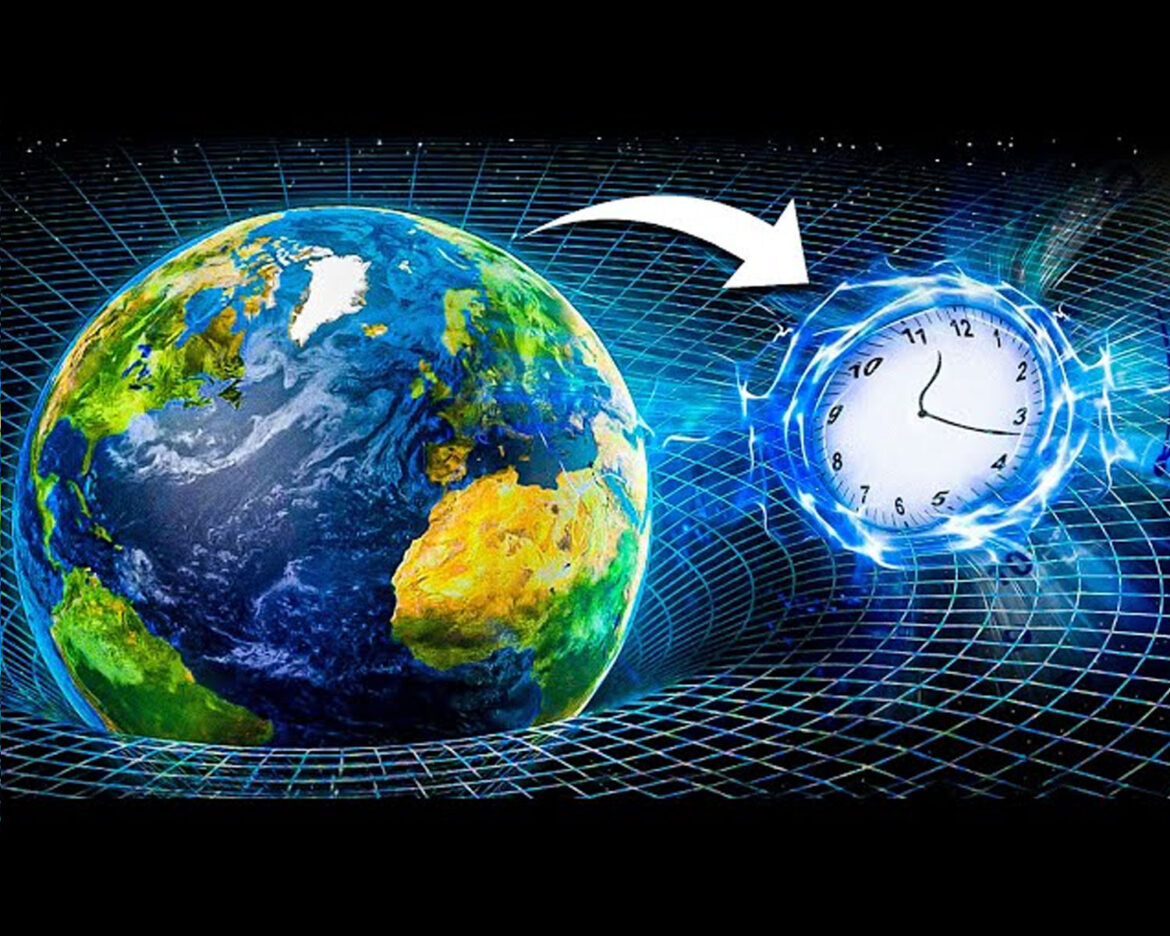In a surprising turn of events, scientists are anticipating the need for a “negative leap second” to be subtracted from our clocks around 2029. This unprecedented adjustment comes as the Earth’s rotation has picked up slightly, a phenomenon linked in part to the melting ice at both poles counteracting its deceleration.
Duncan Agnew, the lead author of the study shedding light on this issue, describes this as a unique period we are entering. While not posing a catastrophic threat, it highlights the intricate dance between nature and technology in our timekeeping systems.
Dennis McCarthy, a retired director of time for the U.S. Naval Observatory, confirms that a negative leap second is not a matter of if, but when it will occur. The Earth’s rotation, traditionally the basis for our time measurement, is gradually out of sync with atomic clocks, which are incredibly precise but do not adjust for the planet’s fluctuations.
The discrepancy between astronomical time, tied to the Earth’s rotation, and atomic time, regulated by atomic clocks, has been growing. Currently, astronomical time lags behind atomic time by 2.5 milliseconds daily, prompting the periodic addition of leap seconds to keep them aligned.
Now, the prospect of a negative leap second represents a new chapter in the evolving saga of timekeeping. International timekeepers are faced with the challenge of navigating this changing relationship between Earth’s natural rhythms and human-made precision. As we look towards 2029, the year of the potential negative leap second, the world is poised to witness another milestone in our quest to keep time in sync with our dynamic planet.



